How to treat Brain Hemorrhage immediately?
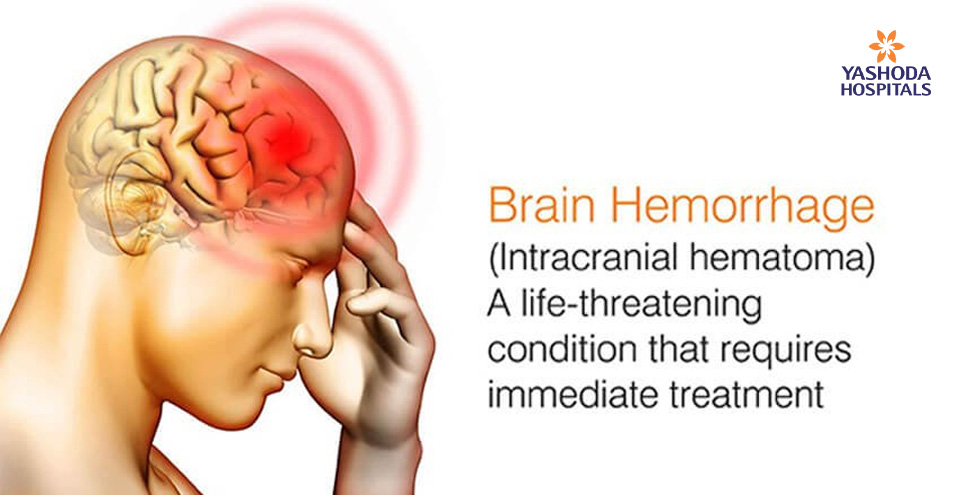
Brain hemorrhage, also called as intracranial hematoma is a condition marked by blood vessel rapture within the brain. The blood coming out of the ruptured blood vessel forms a layer between the skull and the brain. The collection of blood compresses the brain tissue, and causes damage to the brain.
Brain hemorrhage results due to head injuries, and may result in sudden loss of consciousness. A life threatening condition that requires immediate attention of a specialist. Cases of brain hemorrhage may need immediate surgery also.
Symptoms
Symptoms occur after the occurrence of the head injury, immediately or after a few days/weeks. Lucid interval is the time gap between the occurrence of the head injury and the visibility of symptoms. People who had brain injury may experience moderate to severe headache, vomiting, drowsiness, dizziness, confusion, bulging pupils, slurred speech, and increased blood pressure. In extreme cases of brain hemorrhage, the person may experience lethargy, seizures and unconsciousness.
Causes
Intracranial bleeding is a fall-out of severe head injuries that occur during automobile accidents, reckless driving, falling down the steps, and dangerous sporting activities (skiing, diving etc). When the blood vessel in the brain ruptures, the hematoma (leaking blood) keeps enlarging to result in loss of consciousness and ultimately death.
Risk factors and complications
Hematomas may be acute, sub-acute and chronic. In acute hematoma, there is severe head injury and symptoms are visible immediately. Sub-acute condition is evident only after a few days of head injury. Chronic hematoma is marked by slow bleeding which may take even weeks to turn visible. Hematoma may be seen as epidural (artery raptures between the outer surface of the duramater and skull), and Intraparenchymal hematoma (when blood pools in the brain).
Test and Diagnosis
The doctors look for specific symptoms of brain hemorrhage. External observation of the injured area is followed by questions relating to general health, nausea and vomiting, dizziness and loss of consciousness, headache and eye bulging. If any of these symptoms exist, the person is referred to CT and MRI scan. CT scan is advised more often, than MRI. After studying the CT scan as well as MRI Scan reports, the doctor advises on surgical treatment and drugs.
Treatment
The course of treatment for brain hemorrhage (hematoma) includes surgical drainage as well as craniotomy. During the surgical drainage process, a burr hole is created in the skull, and the blood accumulation is drained out. During craniotomy, a section of the skull is opened for removal of the clot.
The surgery is followed by prescription of anti-convulsant drugs, which need to be taken for nearly an year. The anti-covulsant drugs prevent or control seizures. The surgery may be followed by health conditions like, amnesia, attention difficulties, anxiety, and headaches. People, who experience neurological problems post surgery, may need to undergo occupational and physical therapy.


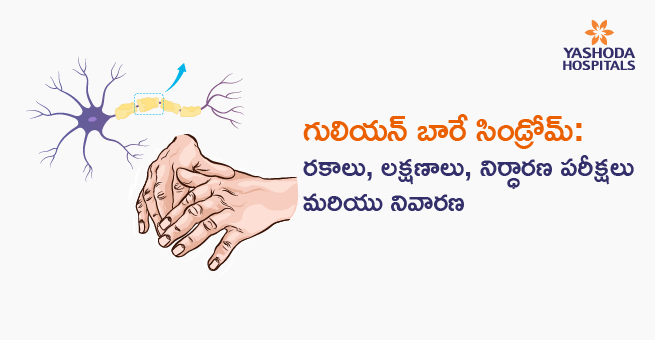
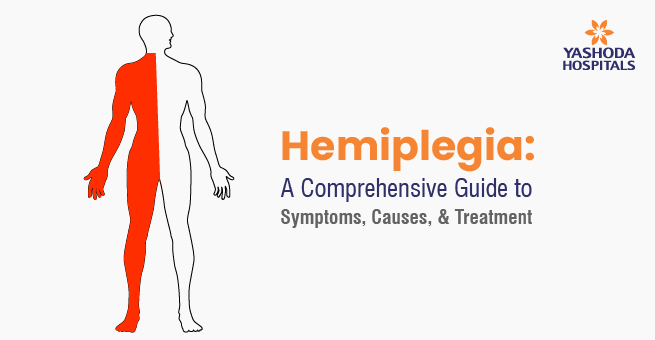
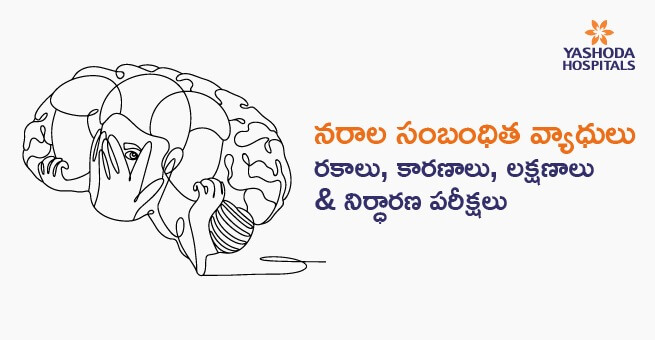

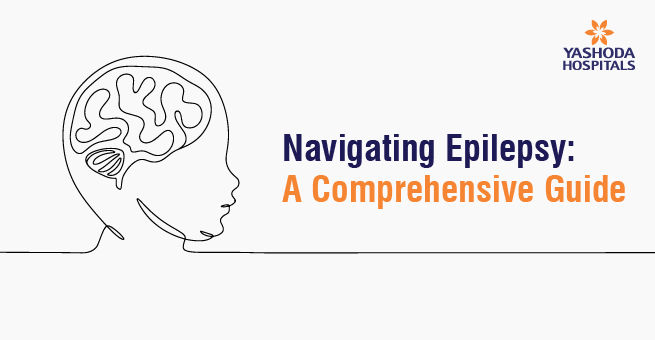

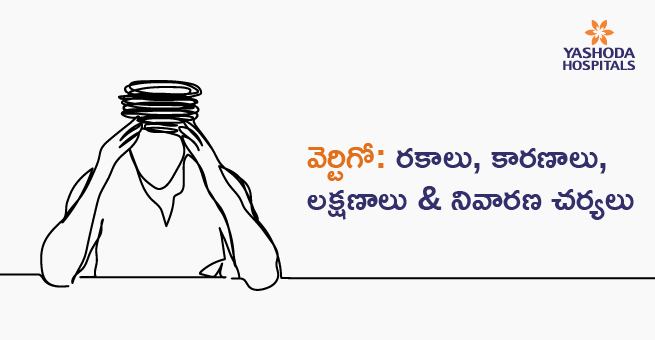


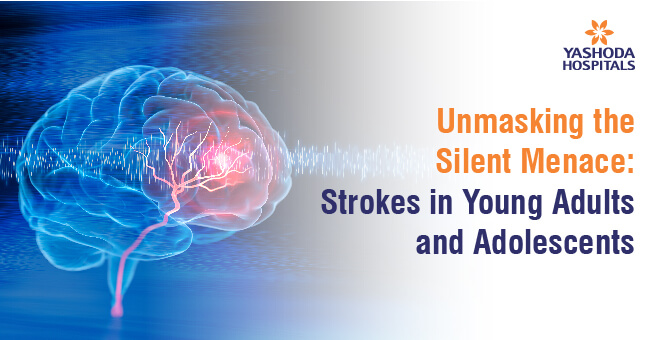



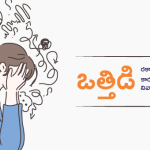


 Appointment
Appointment WhatsApp
WhatsApp Call
Call More
More

